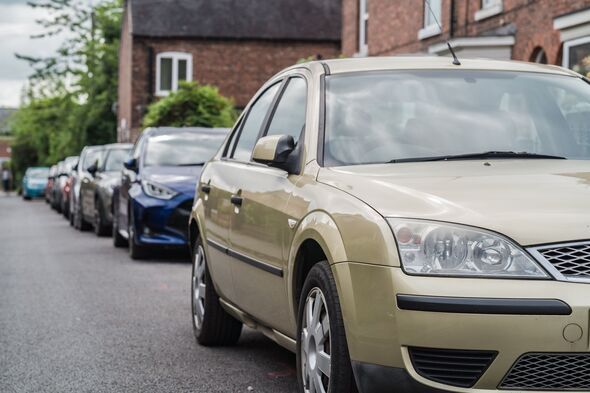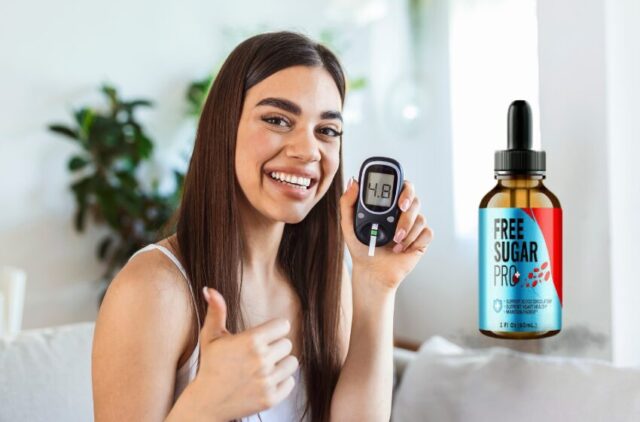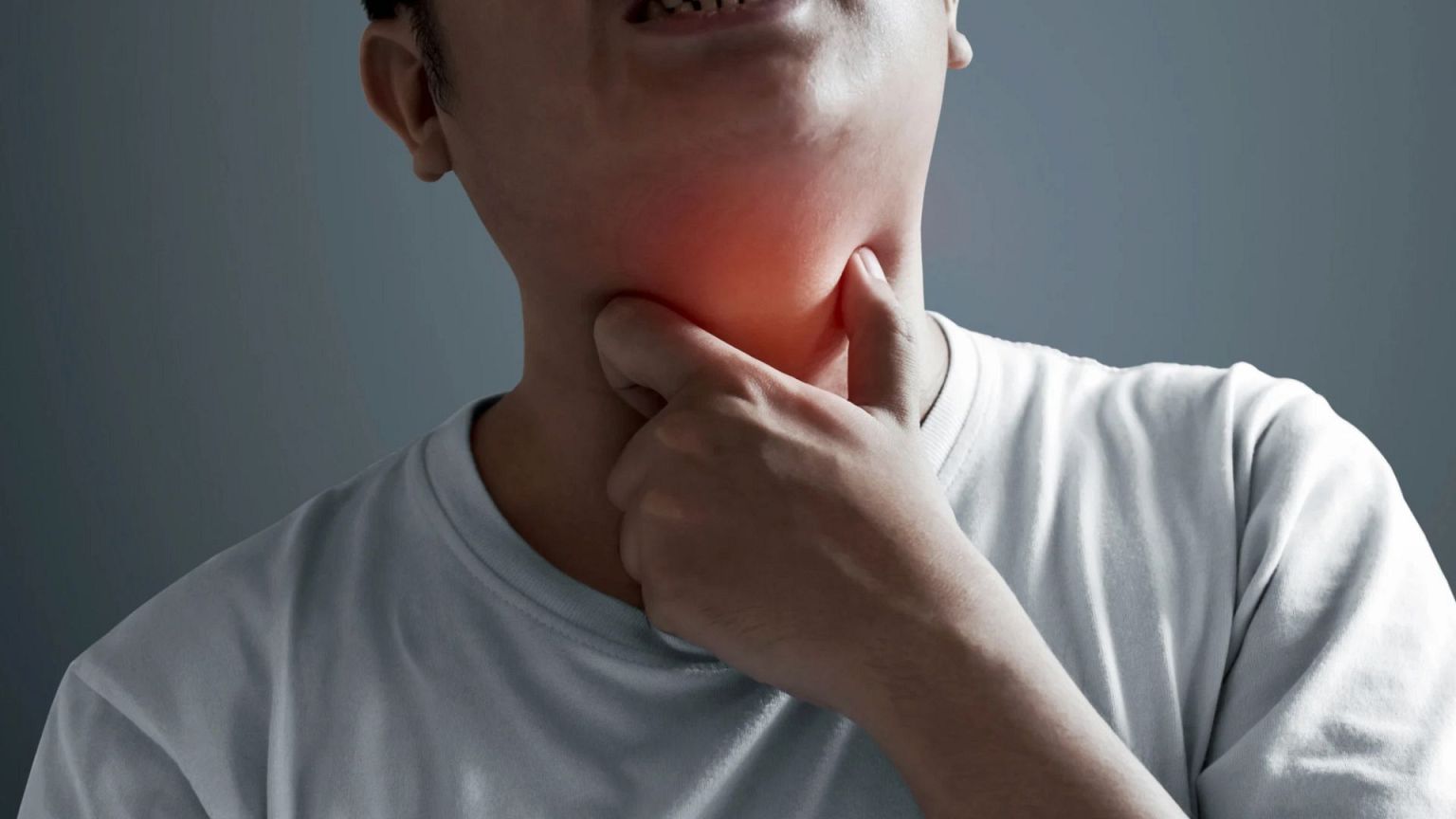Summary
You may be doing some things on the road that are frowned upon – and you may not even know you are doing anything wrong
Source: Express

AI News Q&A (Free Content)
Q1: What does the Highway Code say about eating and drinking while driving?
A1: The Highway Code advises against eating and drinking while driving as it can distract drivers and reduce their ability to focus on the road. Rule 148 specifically urges drivers to avoid distractions, including eating and drinking, to ensure full concentration and safety. The Code emphasizes keeping both hands on the wheel and warns against playing loud music, which might mask other important sounds needed for safe driving.
Q2: Is eating or drinking while driving illegal, and what are the potential consequences?
A2: While there is no specific law against eating or drinking (non-alcoholic beverages) while driving, doing so can lead to a charge of careless driving if it impacts the driver's control of the vehicle. This can result in hefty fines and penalties. Drivers are responsible for maintaining full attention and control, and any distraction that leads to an accident could result in legal consequences.
Q3: What did the study on traffic simulation reveal about human driving imitation and safety?
A3: The study showed that there is a trade-off between imitating human driving behaviors and maintaining safety in traffic simulations. The research explored various imitation and reinforcement learning algorithms, highlighting that while mimicking human driving can create realistic scenarios, it can also compromise safety. The study proposed a multi-objective learning algorithm to balance these aspects effectively, ensuring both realistic and safe traffic simulations.
Q4: How does eating and drinking affect driver reaction times and concentration?
A4: Research indicates that eating and drinking behind the wheel significantly reduces reaction times and driver concentration. These actions can lead to serious lapses in attention, increasing the likelihood of accidents. The Highway Code emphasizes the necessity of maintaining concentration while driving, and that distractions such as eating or drinking can compromise this, potentially leading to charges of careless driving.
Q5: What are the legal limits for alcohol consumption for drivers in the UK, according to the Highway Code?
A5: In England and Wales, drivers must not exceed a breath alcohol level of 35 microgrammes per 100 millilitres of breath or a blood alcohol level of 80 milligrammes per 100 millilitres of blood. In Scotland, the limits are stricter, with a maximum breath alcohol level of 22 microgrammes per 100 millilitres of breath and a blood alcohol level of 50 milligrammes per 100 millilitres of blood. Exceeding these levels is illegal and significantly impairs driving ability.
Q6: What did the study on eating gestures reveal about inter-rater reliability?
A6: The study on eating gestures demonstrated high inter-rater reliability in labeling eating actions, with a 92.5% agreement rate among raters. The research aimed to create a consistent lexicography of eating gestures for better data sharing among researchers. The study found that mistakes in labeling intake gestures were rare compared to non-intake gestures, indicating a robust framework for tracking eating behaviors.
Q7: How does the Highway Code address smoking in vehicles with minors?
A7: The Highway Code specifies that smoking in a vehicle with someone under 18 is prohibited. In England and Wales, drivers must not smoke in private vehicles when a minor is present. In Scotland, it is an offense for anyone aged 18 or over to smoke in a vehicle with a minor if the vehicle is in a public place. These regulations aim to protect minors from the harmful effects of secondhand smoke.
References:
- A Study of the Lexicography of Hand Gestures During Eating
- Exploring the trade off between human driving imitation and safety for traffic simulation






